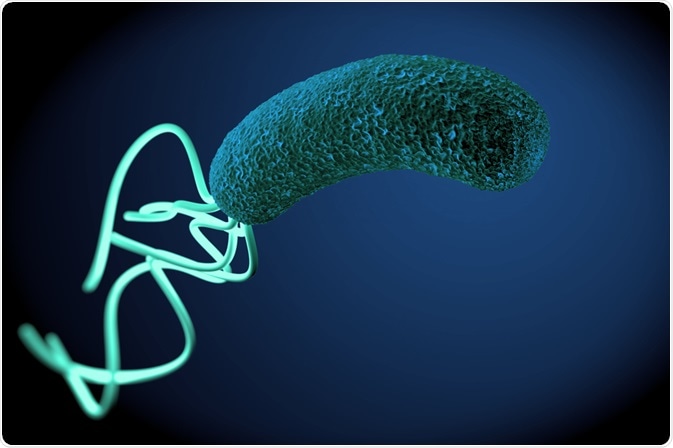Each microorganism has different requirements; while some microorganisms are easy to grow (i.e. non-fastidious), others have a very specific set of requirements in order to grow (i.e. fastidious). This article describes the growth of fastidious microorganisms in culture.
 royaltystockphoto | Shutterstock
royaltystockphoto | Shutterstock
To ensure successful growth, these microorganisms must be inoculated and grown within a medium that includes all the growth requirements for the specific microorganism - including water and nutrients. In addition, the cellular environment must be carefully maintained at the correct pH and temperature.
What is a fastidious organism?
A fastidious organism is defined as any organism which has very complicated nutritional requirements, meaning it will not grow without specific factors present or in specific conditions. These organisms typically grow and multiply very slowly on agar plates and require lots of nutritional supplementation and environmental control.
For example, Leuconostoc mesenteroides is a facultative anaerobe with needs several growth factors and amino acids to propagate. There are many different types of fastidious organisms which exhibit different requirements to ensure successful growth.
Helicobacter pylori (H. pylori)
H. pylori reside in the gastrointestinal tract and are found in over 50% of the world’s population. Most of the infected individuals will never develop symptoms associated with H.pylori infection. However, this microorganism can cause gastritis and stomach ulcers and is even linked to certain types of stomach cancer
When grown in the laboratory, this microorganism requires supplementation of blood and/or serum to successfully grow. This blood/serum can come from a variety of mammals (horse, ox or sheep). These supplements provide nutrients and protect the cells against toxic fatty acids.
Furthermore, H. pylori also require a low oxygen tension, demanding the use of a microaerophilic container. This has been simulated in many laboratories through the application of a tissue culture incubator with a tray of distilled water beneath it at 37 °C and 10% CO2. Under these conditions, it typically takes five days for H. pylori to grow.
Campylobacter jejuni (C. jejuni)
C. jejuni is a microbial species that causes a gastrointestinal disease in both humans and animals. Therefore, research into this microorganism is very important, but can only be carried out if reliable culturing methods are produced.
C. jejuni is microaerophilic bacterial species and therefore necessitates low oxygen conditions at 5% O2 and 10% CO2 to minimize damage from oxygen-related products. This microorganism is often grown in a lysed broth which contains 5% lysed blood, sodium pyruvate, sodium metabisulphite, and ferrous sulfate.
Haemophilus influenzae (H. influenzae)
H. influenzae is commonly found in the human respiratory system and can cause upper respiratory tract infections. In the laboratory, however, this microorganism requires very specific conditions in order to grow, necessitating hemolyzed blood added into the medium. Several other organisms also require this form of blood, including Moraxella spp. and Neisseria spp.
Therefore, there are many different factors which must be considered when growing fastidious microorganisms, including nutrient supplementation, oxygen content and temperature. Characterization of requirements for each microorganism is vital to allow for propagation and research into these microorganisms within the laboratory.
Further Reading
Last Updated: Jan 25, 2019